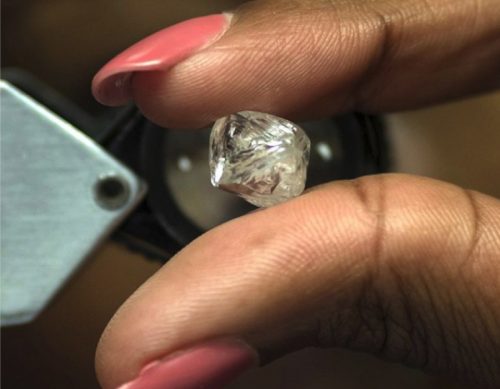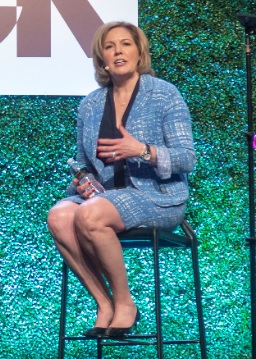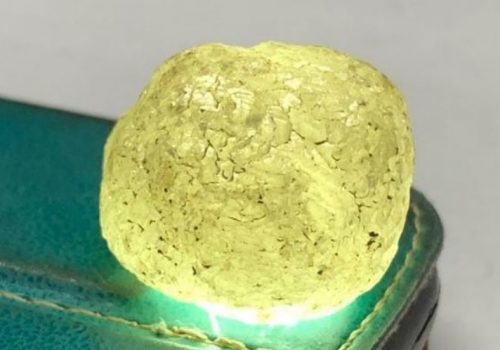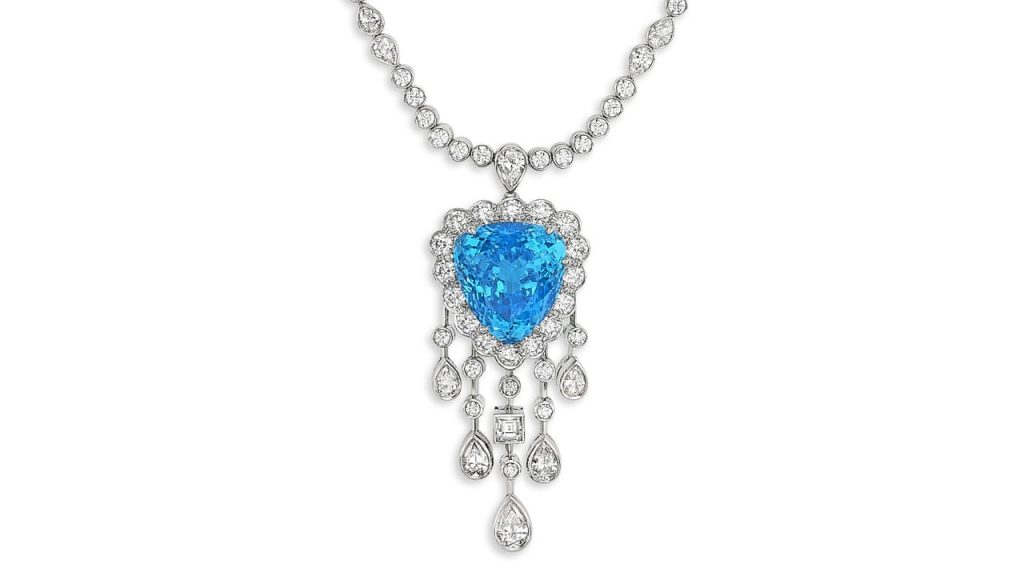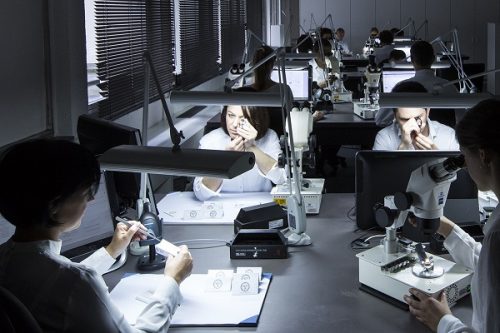
“The interest of this large conglomerate to invest in IGI shows the confidence it has in our industry,” said Roland Lorie, IGI’s CEO. “As demand for certification increases, the investment…will significantly accelerate our core business, offering and presenting many new opportunities all over the globe.”
Fosun will implement the acquisition through Yuyuan, its holding company for the consumer sector, IGI explained. The Lorie family will retain a 20% interest, with Roland Lorie still managing the company. Marc Brauner, who was previously Lorie’s co-CEO, has left IGI after 30 years with the group. The parties did not release any further financial details.
Antwerp-based IGI, founded in 1975, operates 23 laboratories and schools around the world. Fosun is one of China’s largest corporations, spanning the financial, health-care, pharmaceuticals, consumer, real-estate, mining and energy industries, with Club Med and Cirque du Soleil among the brands it owns. It bid to acquire Gemfields last year, but lost out to Pallinghurst Resources.
“IGI has built great fundamentals and human capital over the years, with highly respected expertise and input from both the Lorie and Brauner families,” said Xu Xiaoliang, executive director and copresident of Fosun and chairman of Yuyuan. “We believe IGI is well positioned to bring its gemological knowledge and expertise to emerging markets, including China.”
Image: An IGI laboratory. Credit: IGI
Source: DCLA

